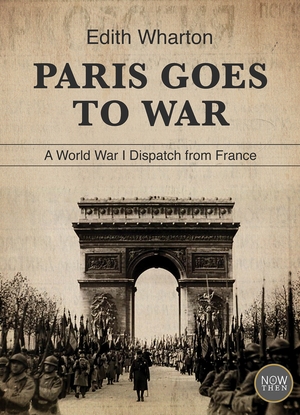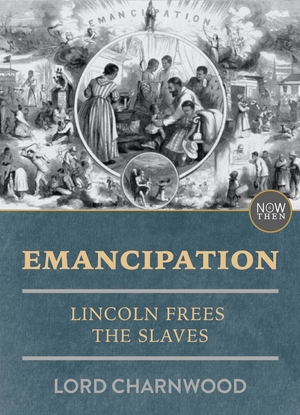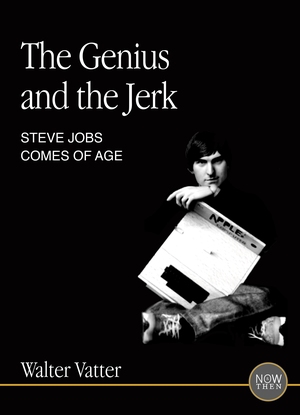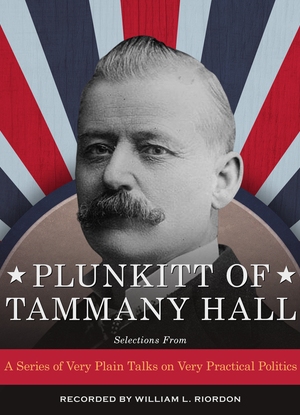by Richard J. Tofel
WHY AMERICAN NEWSPAPERS GAVE AWAY THE FUTURE
The business model that had fueled the golden age of American newspapers broke somewhere around 2005. Total advertising revenues began dropping, and, at least at this writing, it seems unlikely they will rise appreciably again, at least until print newspapers have literally disappeared and been replaced by some digital future that is still emerging. Print circulation levels—the number of copies sold—continued a swoon that went back decades and now seems almost certain to be terminal. Costs were cut everywhere they could be—buyouts and layoffs of employees, fewer pages, smaller pages—but the cost cuts could not keep up with the revenue declines, and profits tumbled. The most heavily leveraged newspapers—in Los Angeles, Chicago, Philadelphia, Minneapolis, St. Louis, and elsewhere—ended up in bankruptcy while those saddled with lower debt limped along, some still profitable, many of the best—in Washington and Boston, for instance—not.
It was quite a fall, most jarring for at least two reasons. First, the most profitable year in the history of American newspapers had come in the year 2000, a very recent memory. If the internet killed newspapers, it had hardly done so in “internet time.” Next, the breakdown of the newspaper business model was most confusing because newspaper audiences were still growing, and larger than ever before. Print circulation declines were greatly exceeded by the growth in the newspapers’ online audience. One promise of the digital future—that audiences not limited by distance or eventually even by language could be served instantaneously, with the cost of serving the marginal reader reduced to zero—had been fully realized. On the day when the Los Angeles Times’s parent company filed for bankruptcy, the Times enjoyed a larger audience for its news than ever before. Ditto for the Washington Post on the day it slid from profitability to unprofitability. And the audiences continued to grow as the bankruptcies lengthened and the losses ballooned. But, of course, print customers paid for their copies and digital readers generally did not.








